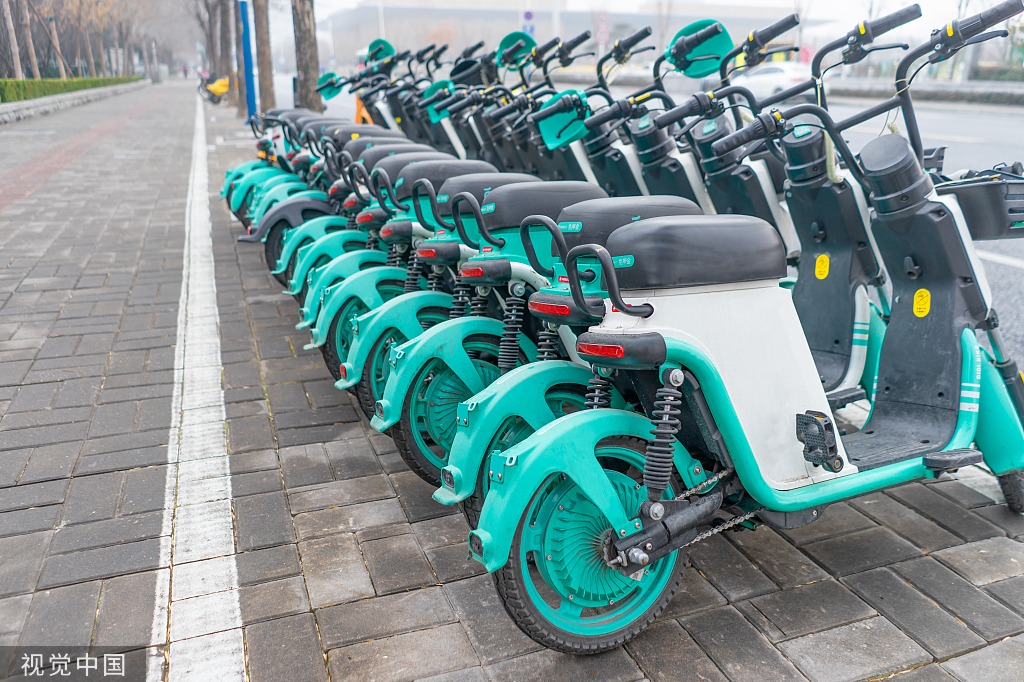Belt and Road boosting Myanmar development
By Jiang Zhida | China Daily | Updated: 2020-01-14 07:12

Myanmar is a fulcrum of the Belt and Road Initiative and an important corridor between China and Southeast and South Asia. As a traditional friendly neighbor, Myanmar has established a comprehensive strategic partnership with China. Apart from participating in the China-proposed Belt and Road Initiative, Myanmar was among the first 21 countries to join the China-initiated Asian Infrastructure Investment Bank. Also, China is Myanmar's biggest source of foreign investment.
Since 2013, China and Myanmar together have made remarkable achievements in taking forward the Belt and Road Initiative.
First, the two countries have not only maintained frequent high-level mutual visits but also improved their cooperation mechanism, and thus strengthened mutual political trust. In April 2015, President Xi Jinping met with U Thein Sein, then president of Myanmar, on the sidelines of the Asian-African Summit that was held to commemorate the 60th anniversary of the Bandung Conference in Indonesia. In October of the same year, Xi met with Myanmar State Counselor Aung San Suu Kyi on the sidelines of the 8th BRICS Summit in India. He also met with Suu Kyi three times at the Great Hall of the People in Beijing between May 2017 and April 2019.
With the strengthening of bilateral relations and mutual political trust, and the smooth advancement of the Belt and Road Initiative, the two sides have launched new cooperation initiatives. To push forward the Belt and Road projects, China and Myanmar have established a series of bilateral cooperative mechanisms, such as the China-Myanmar Economic, Trade and Technical Cooperation Committee and China-Myanmar Economic Corridor Joint Committee, as well as some bilateral cooperation platforms such as China-Myanmar Economic Corridor Forum.
In December 2018, Myanmar announced the establishment of the Belt and Road guiding committee with Suu Kyi as chairperson, in order to improve coordination between Myanmar's central government and different provincial governments on Belt and Road projects. Needless to say, such China-Myanmar cooperation mechanisms have boosted the development of Belt and Road projects.
Second, the construction of the China-Myanmar Economic Corridor has entered the fast track. The corridor starts from China's Yunnan province in the north, passes through Mandalay in Myanmar and extends to Yangon new city and the Kyaukpyu special economic zone.
On Dec 1, 2017, Xi and Suu Kyi reached an important agreement-to jointly build the CMEC under the Belt and Road framework. And after the two governments signed a memorandum of understanding on Sept 9, 2018, to jointly build the corridor, its construction work was put on the fast track.
On Sept 11, 2018, the CMEC Joint Committee held its first meeting in Beijing and agreed to set up special working groups in 12 key fields: development planning; production capacity and investment; transportation; energy; agriculture; border economic cooperation zone; a "Digital Silk Road"; ecological environment; tourism; finance; information; and local cooperation.
The two sides have also agreed to synergize their development plans through the joint committee's cooperation mechanisms and promote practical cooperation in various fields. The two countries have already launched a large number of major cooperation projects, including the Yangon industrial new city, Kyaukpyu special economic zone and the China-Myanmar railway, which form the supporting framework for the CMEC.
Third, China attaches great importance to enhancing understanding between the Chinese and Myanmar peoples, so as to ensure the smooth progress of the Belt and Road projects. To help Myanmar people better understand China, the Chinese government has employed media outlets, think tanks and social organizations to organize people-to-people exchanges between Myanmar and China, increased elite scholarships for Association of Southeast Asian Nations countries and executed poverty alleviation projects in Myanmar. In fact, people-to-people exchanges have played a vital role in deepening China-Myanmar relations.
Moreover, Chinese enterprises operating in Myanmar attach great importance to corporate social responsibility, respect the local culture, history and customs while taking environmental protection measures, hiring local people, and building schools, roads and bridges.
The year 2020 marks the 70th anniversary of the establishment of diplomatic ties between China and Myanmar. The leaders of the two countries will take this opportunity to uphold the principle of "consultation, joint construction and sharing" and use environmentally friendly means to build the CMEC, promote the implementation of a number of major projects including those in ports, industrial parks, transportation infrastructure, medical care, agriculture, energy and digital economy, in order to promote the rapid yet sustainable development of Myanmar's economy.
The author is an associate research fellow at the China Institute of International Studies.
The views don't necessarily reflect those of China Daily.
























